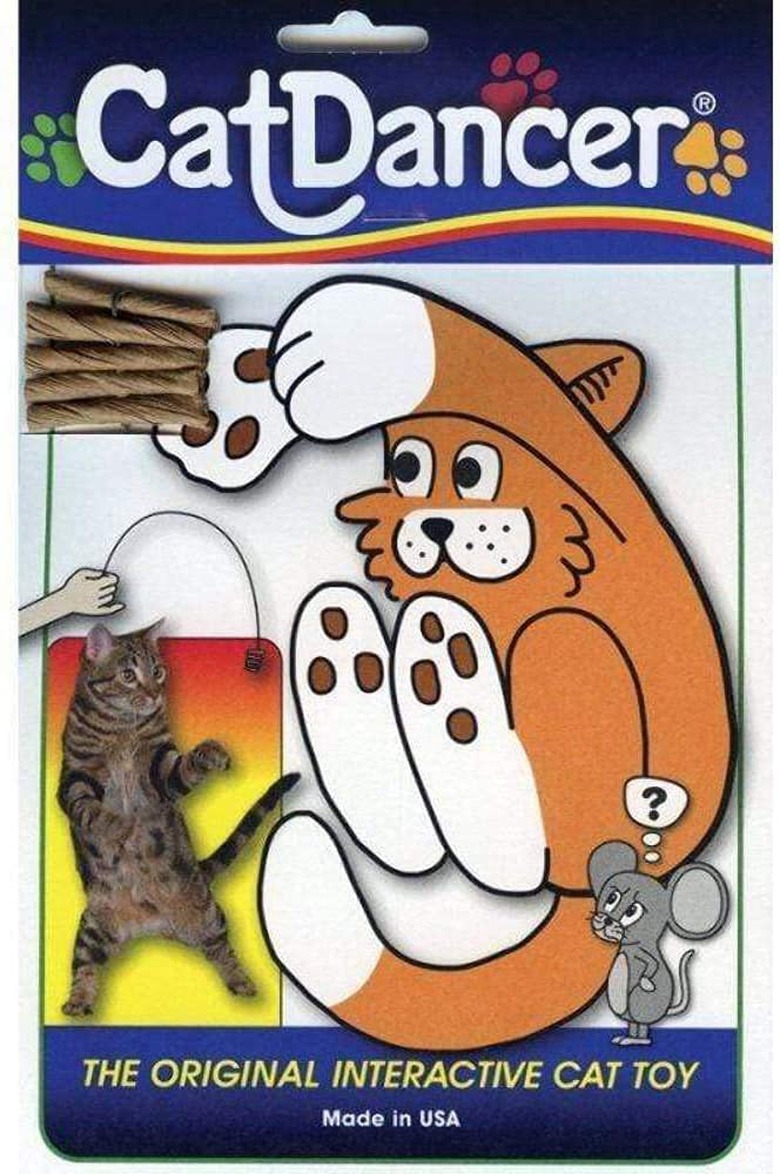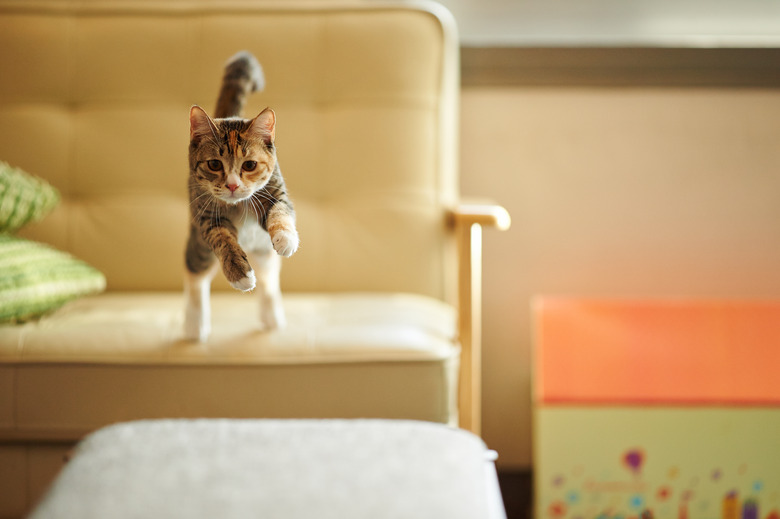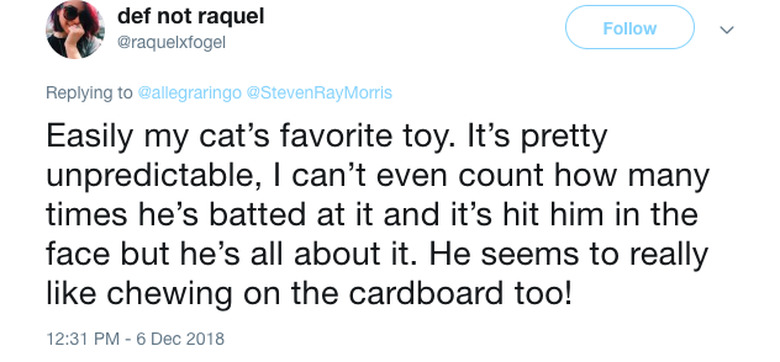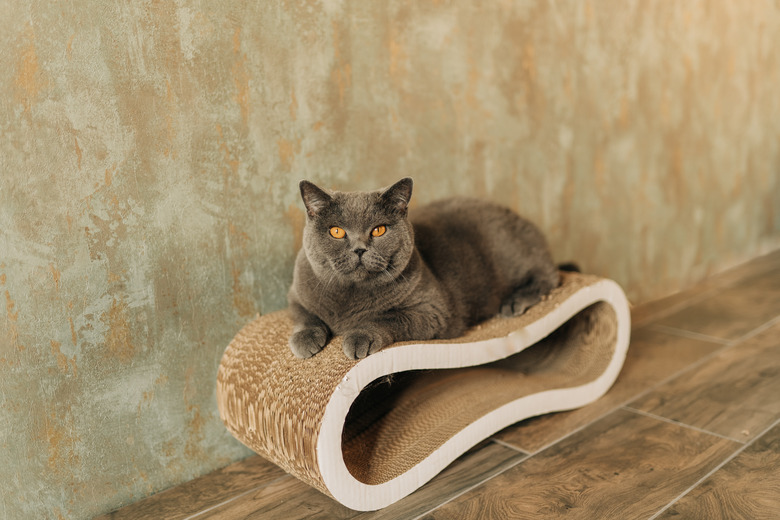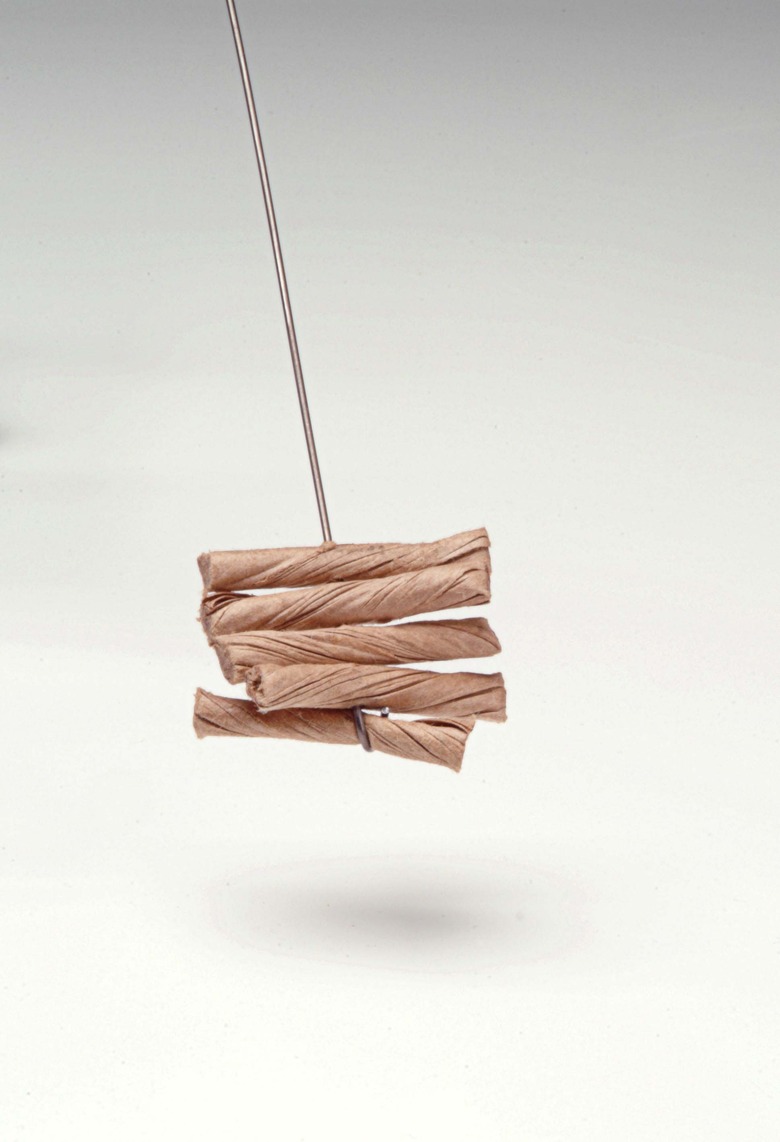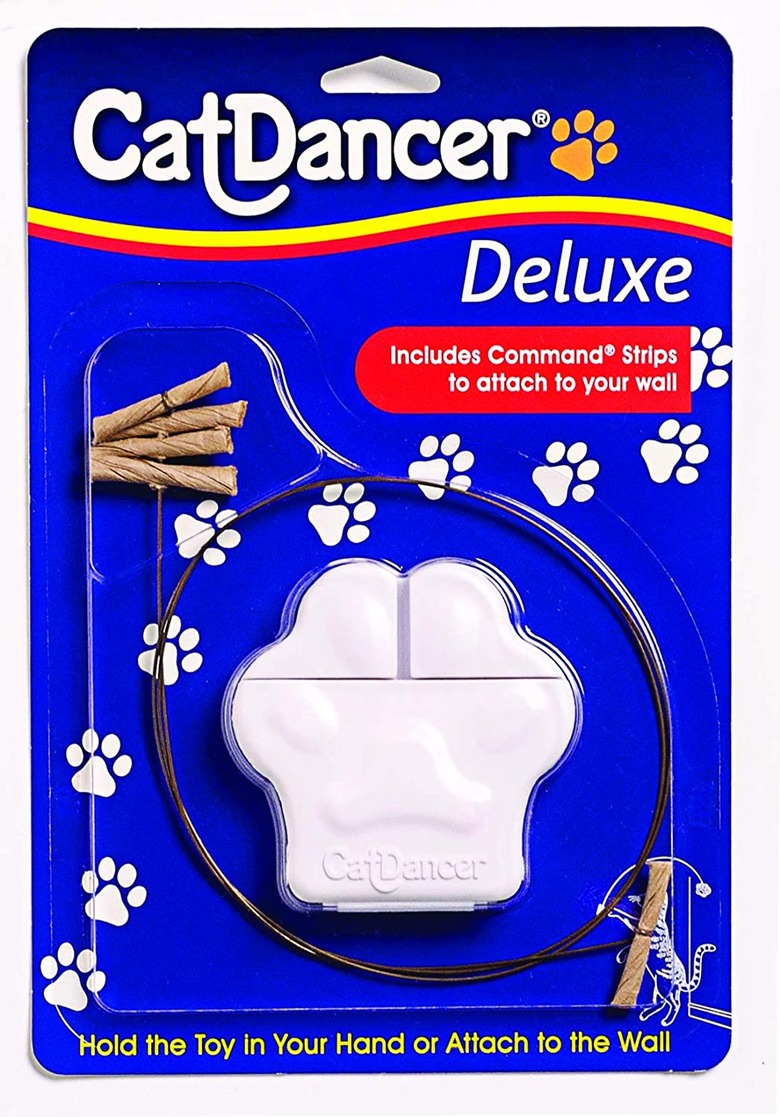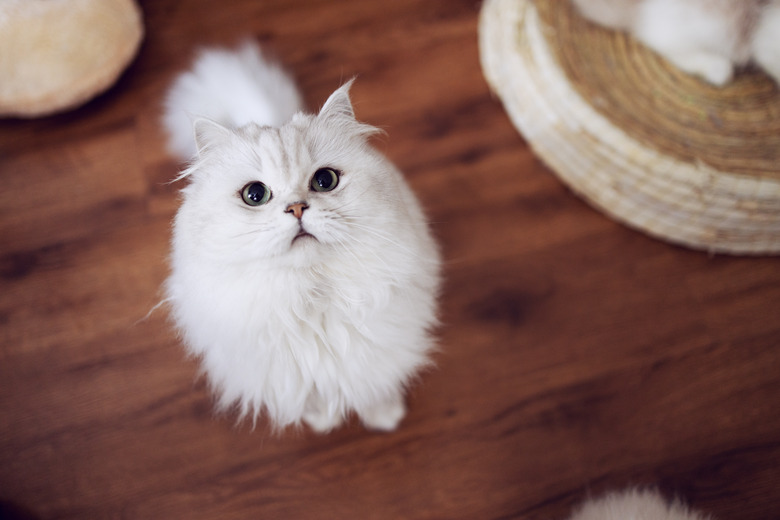Why Are Cats So Obsessed With Interactive Cat Toy The Cat Dancer?
We may receive a commission on purchases made from links.
My cat likes two things: wet food and the Cat Dancer.
If you have a cat, you probably know about the Cat Dancer. It's a very simple cat toy: a three-foot steel wire with a few chunks of twisted cardboard on the end. It usually costs between $2 and $3.50, depending where you buy it.
And cats are absolutely obsessed with it.
If my cat is in the same room as his Cat Dancer, it's all he can think about. He will bring it to any person in the room and meow at them to play. If that person doesn't respond, he'll move on to the next person, dragging the Cat Dancer with him.
If you do engage in a Cat Dancer session with him, he's insatiable. He wants to run, jump and chase it for hours. He refuses to stop. It's borderline worrying.
I've talked about this at length with other cat parents, and most of them have similar experiences. Many people report that the Cat Dancer is far and away their cat's favorite toy.
But why?
What is the Cat Dancer?
What is the Cat Dancer?
The Cat Dancer website describes the toy as "a three-foot piece of 20-gauge oil-tempered spring steel, tipped at each end by twisted strips of cardboard." They also add that "waved at a cat, the Cat Dancer undulates enticingly," a fact I can attest to.
The evidence
Anecdotal evidence suggests that the majority of cats love the Cat Dancer, and even count it as their favorite toy. I asked about the subject on Twitter and in a cat lovers' group on Facebook, and received an overwhelming response. (Here's the whole Twitter thread.)
Collectively, dozens of people used the word "obsessed" to describe their cat's relationship with the Cat Dancer. A woman who used to work as an inventory manager at a major national pet retailer told me that she "couldn't keep these things on the shelf, they sold so fast."
The Cat Dancer is also one of the oldest and most successful cat toys on the market. It's been entertaining cats since 1983, and is still going strong. That's over three decades of success for a toy that consists entirely of cardboard and steel wire.
So what makes this simple toy so irresistible to cats?
Theories for why cats love the Cat Dancer
Prey drive
The Cat Dancer speaks to a cat's prey drive: it's small and moves around on the floor (or walls) quickly.
That said, almost all cat toys aim to stimulate a cat's prey drive. So what, if anything, is the Cat Dancer doing differently?
Unpredictability
Because of its wire component, the Cat Dancer moves in a way that's more erratic than cat toys that are on strings or sticks. Could this type of movement simulate a small prey animal in a more realistic way than other toys do? Many people seem to think so.
In the Twitter thread above, Alexis Preston (who, full disclosure, is a friend of mine) pointed out that the steel wire probably isn't all that visible to cats. Maybe the semi-invisibility of the wire allows them to believe that the cardboard bits are racing around on their own.
Mikel Delgado, a Certified Cat Behavior Consultant and co-owner of the website Feline Minds, theorizes that the toy is so appealing because it moves like one of cats' natural prey animals: bugs. She says cats "respond well to toys that simulate prey, and the cat dancer makes it easy to do so—the wire allows for movements that are controlled but a little erratic!"
I also had the honor of speaking to Jim Boelke, the inventor of the Cat Dancer, and asked him why cats go so wild for his toy. Here's what he had to say on the subject:
"The Cat Dancer has two things going for it. One is the motion of the wire, it's very enticing. It doesn't stop. And motion is really important to cats. Cats don't see well, but they see motion well.
The other thing is, cats love the taste and smell of cardboard...in the wild, cats use trees [for scratching], and cardboard is just trees ground up and made into paper."
The idea behind the Cat Dancer
The idea behind the Cat Dancer
Boelke came up with the Cat Dancer when he was a broke college student—he told me he couldn't even afford cat toys at the time. He had two cats and three part-time jobs, one of which was sweeping up metal scraps in a factory. "When you cleaned up this factory at night, pieces of wire with little bits of cardboard would fall on the floor," he told me. "You can't sweep that up. You have to pick that up. I remember one night I picked it up, looked at it, and thought 'I wonder if the cats would play with this.'"
The cats took to it immediately. Boelke would bring out the Cat Dancer at parties, because his cats would do backflips for it and party guests loved to watch them. Soon, people started requesting that he make them their own Cat Dancers, and they've never stopped.
I also asked Boelke if any other cat toys exist that use wire and cardboard in the same way. He told me the Cat Dancer has "more imitators than Elvis," but that no one has succeeded in duplicating the success of the Cat Dancer. "They don't use springy enough wire," he said, "or they put a lure on the end and it's too heavy, and it just hangs there." The Cat Dancer, through some combination of luck and talent, seems to have just the right amount of bounce to drive cats completely wild.
The Cat Dancer has kept cats entertained for over 30 years. Cats seem to love the wire's springiness, the smell and taste of the cardboard, and the toy's overall bug-like quality. Whatever the reason, the Cat Dancer shows no signs of slowing down anytime soon.
